Necropolis
- 320bladzijden
- 12 uur lezen
A vivid historical narrative of how London has dealt with its dead from pagan burial rites through the Black Death to the Blitz and the death of Diana.
Catharine Arnold is een journaliste, academicus en populaire historica die zich verdiept in de donkerdere aspecten van het Londense verleden. Haar werk onderzoekt de stad via haar doden, haar geesteszieken en haar ondeugden, en biedt een unieke kijk op de stadsgeschiedenis. Arnold combineert haar achtergrond in psychologie met haar journalistieke scherpzinnigheid om boeiende verhalen te ontdekken die de complexiteit van de menselijke natuur en maatschappelijke onderstromingen verkennen.

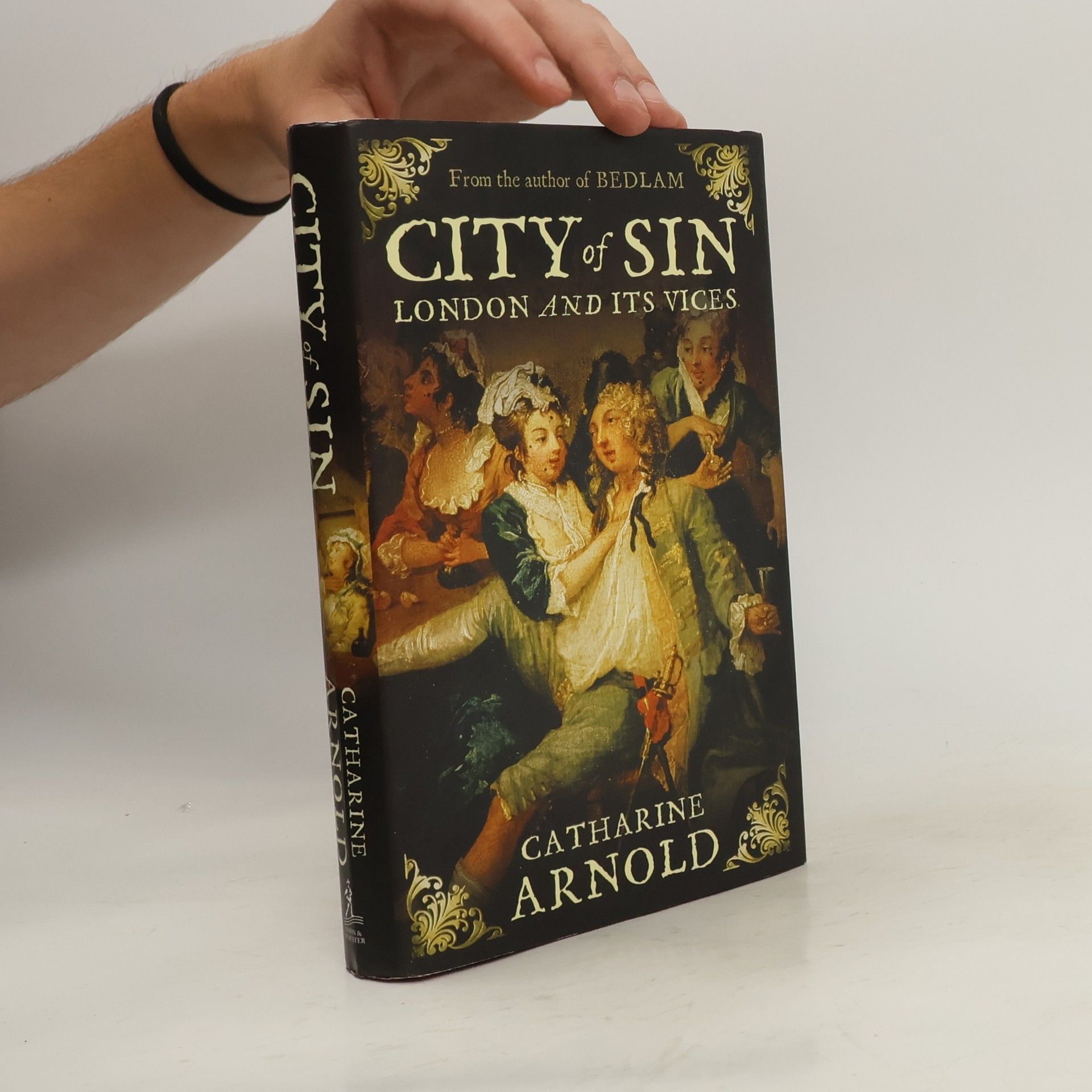
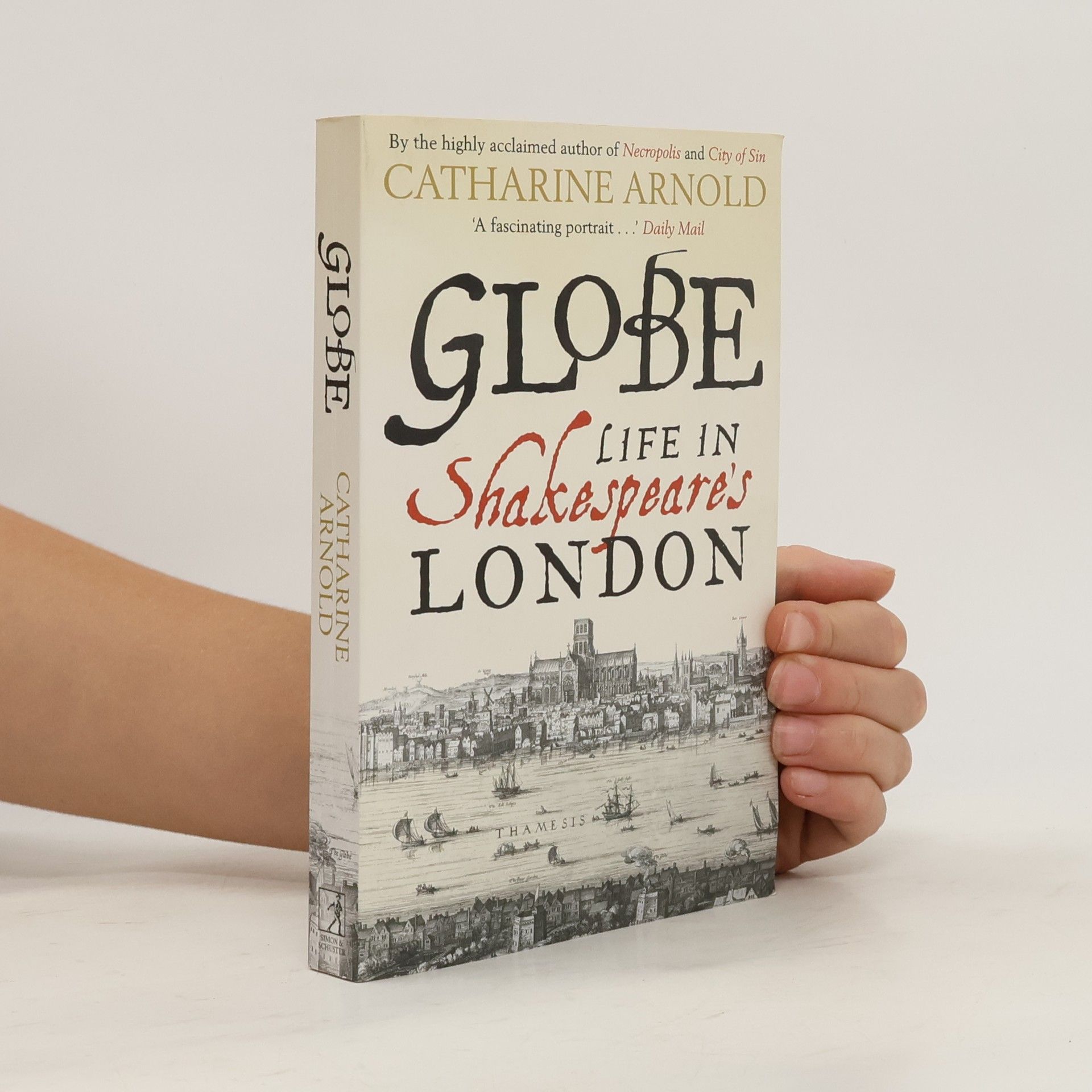
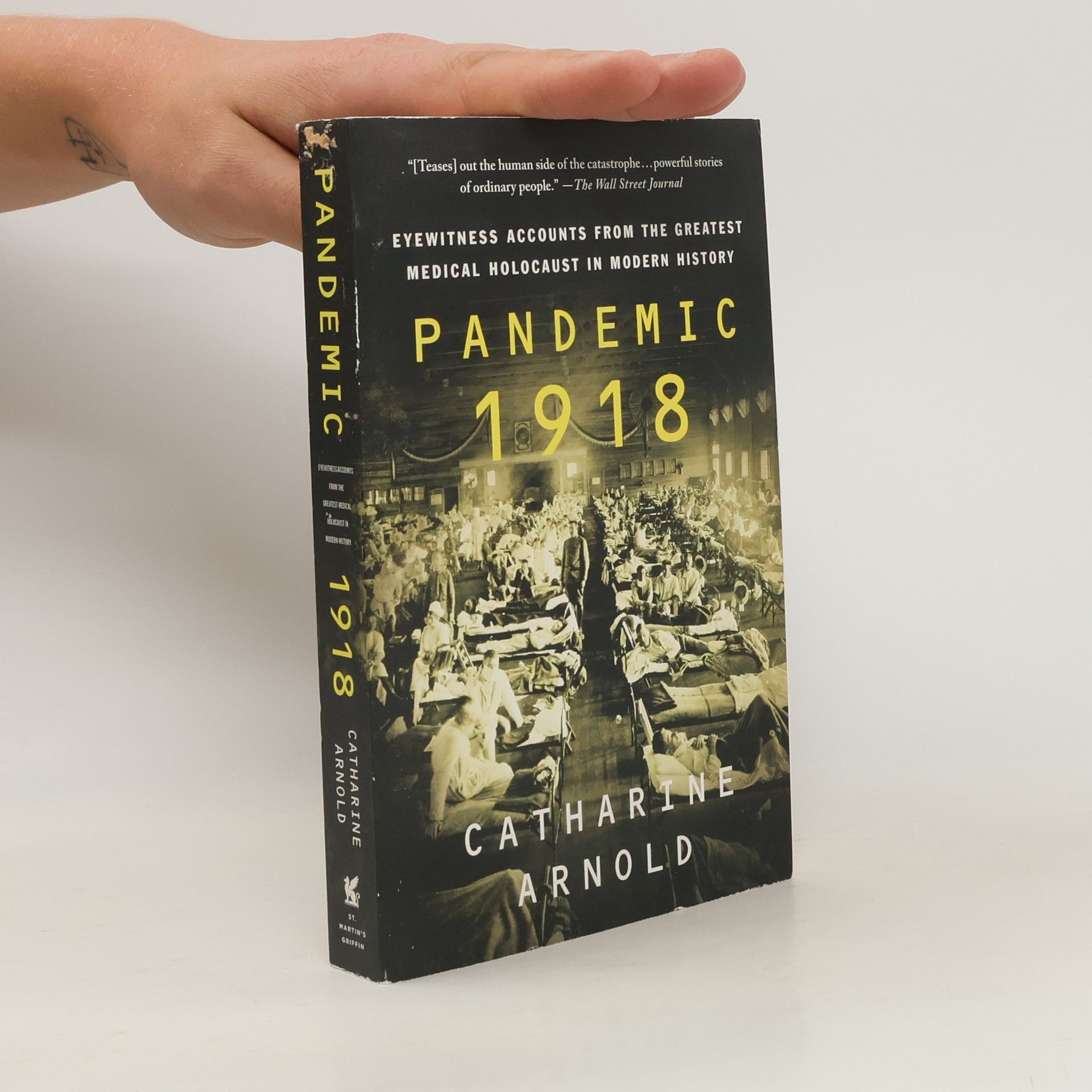
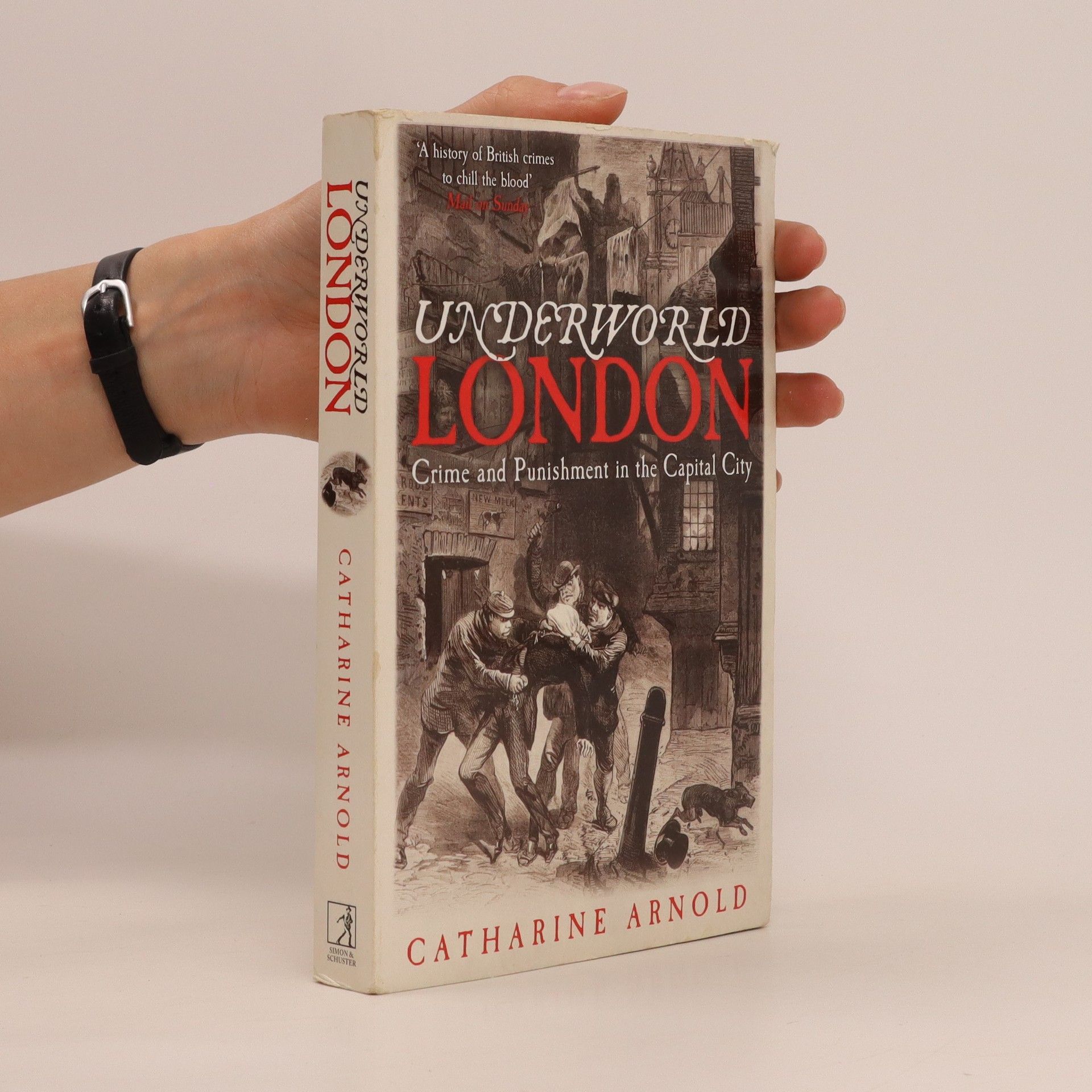
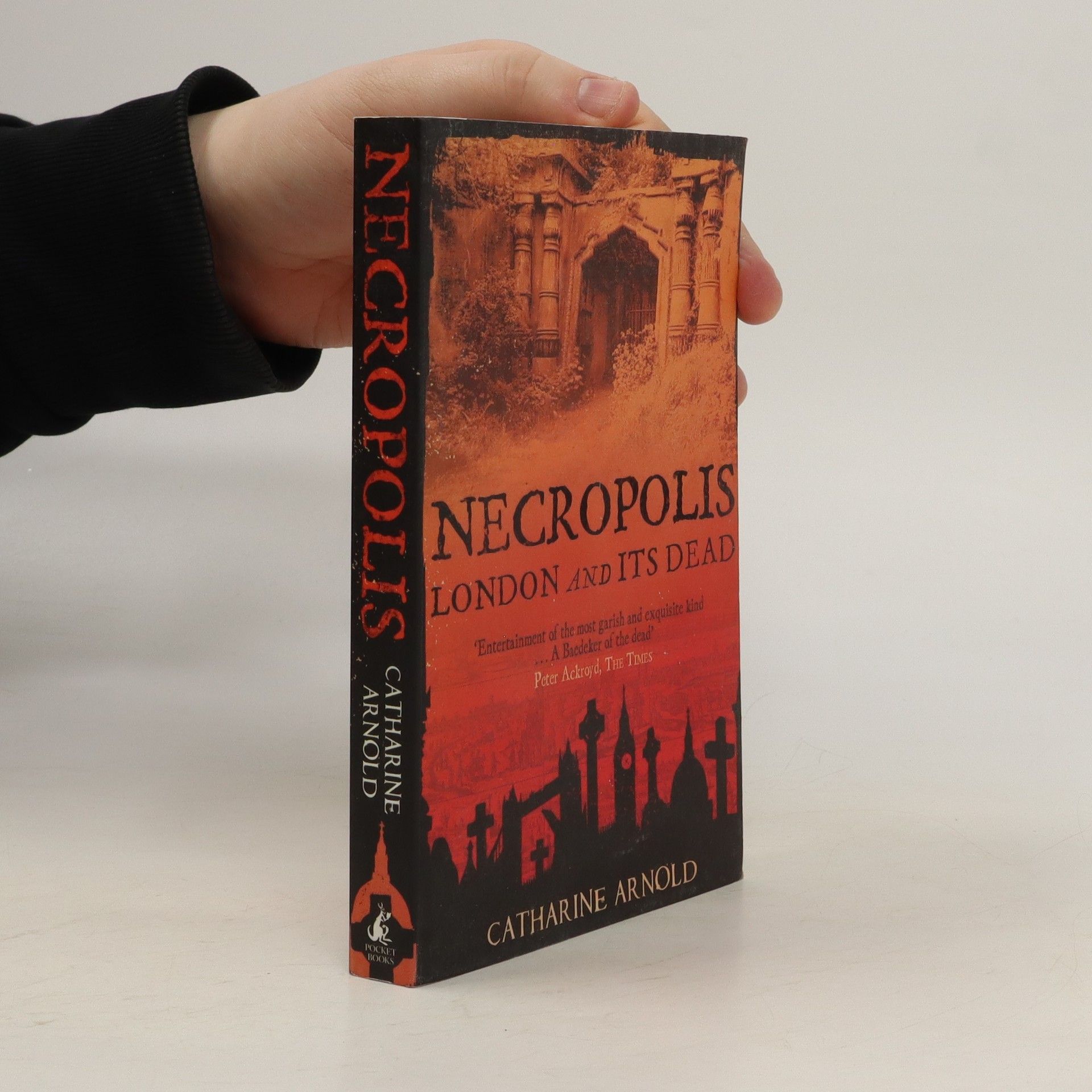
A vivid historical narrative of how London has dealt with its dead from pagan burial rites through the Black Death to the Blitz and the death of Diana.
Beginning with an atmospheric account of Tyburn, we are set up for a grisly excursion through London as a city of ne'er do wells, taking in beheadings and brutality at the Tower, Elizabethan street crime, cutpurses and con-men, through to the Gordon Riots and Highway robbery of the 18th century and the rise of prisons, the police and the Victorian era of incarceration. As well as the crimes, Arnold also looks at the grotesque punishments meted out to those who transgressed the law throughout London's history - from the hangings, drawings and quarterings at Tyburn over 500 years to being boiled in oil at Smithfield. This popular historian also investigates the influence of London's criminal classes on the literature of the 19th and 20th centuries, and ends up with our old favourites, the Krays and Soho gangs of the 50s and 60s. London's crimes have changed over the centuries, both in method and execution. Underworld London traces these developments, from the highway robberies of the eighteenth century, made possible by the constant traffic of wealthy merchants in and out of the city, to the beatings, slashings and poisonings of the Victorian era. An interesting read full of gory facts and details about London. This paperback book has 340 pages and measures: 19.7 x 12.9 x 2.2cm.
"In January 1918, as World War I raged on, a new and terrifying virus began to spread across the globe. In three successive waves, from 1918 to 1919, influenza killed more than 50 million people. German soldiers termed it Blitzkatarrh, British soldiers referred to it as Flanders Grippe, but world-wide, the pandemic gained the notorious title of 'Spanish Flu.' Nowhere on earth escaped: the United States recorded 550,000 deaths (five times its total military fatalities in the war) while European deaths totaled over two million. Amid the war, some governments suppressed news of the outbreak. Even as entire battalions were decimated, with both the Allies and the Germans suffering massive casualties, the details of many servicemen's deaths were hidden to protect public morale. Meanwhile, civilian families were being struck down in their homes. The City of Philadelphia ran out of gravediggers and coffins, and mass burial trenches had to be excavated with steam shovels. Spanish Flu conjured up the specter of the Black Death of 1348 and the great plague of 1665, while the medical profession, shattered after five terrible years of conflict, lacked the resources to contain and defeat this new enemy. Through primary and archival sources, historian Catharine Arnold gives readers the first truly global account of the terrible epidemic." -- Amazon.com
The life of William Shakespeare, Britain's greatest dramatist, was inextricably linked with the history of London. Together, the great writer and the great city came of age and confronted triumph and tragedy. Triumph came when Shakespeare's company, the Chamberlain's Men, opened the Globe playhouse on Bankside in 1599, under the patronage of Queen Elizabeth I. Tragedy touched the lives of many of his contemporaries, from fellow playwright Christopher Marlowe to the disgraced Earl of Essex, while London struggled against the ever-present threat of riots, rebellions and outbreaks of plague.
For over a thousand years, England’s capital has been associated with desire, avarice, and the sins of the flesh. This is the author’s book on vice through the ages. From bath houses and brothels of Roman Londinium, to the stews and Molly houses of the 17th and 18th centuries. London has always traded in the currency of sex. The author takes the reader on a journey through the fleshpots of London from earliest times to present day. The book includes chapters looking at Victorian London and the sexual underground of the 20th century and beyond. Raw and ribald. Fascinating.
An informative and entertaining study of London's lunatic fringe, and how we have dealt with the mad among us from pre-history to the present day.